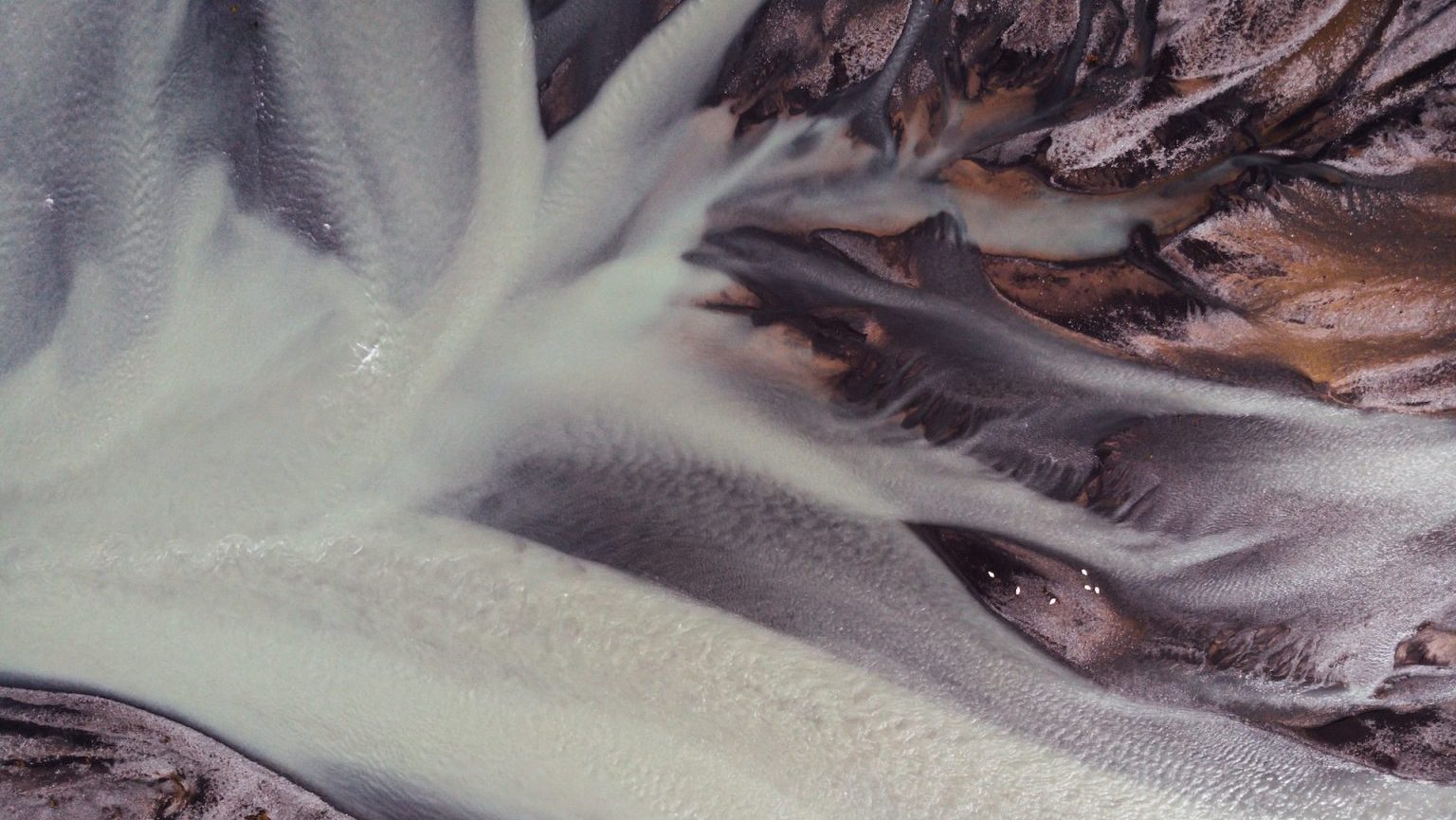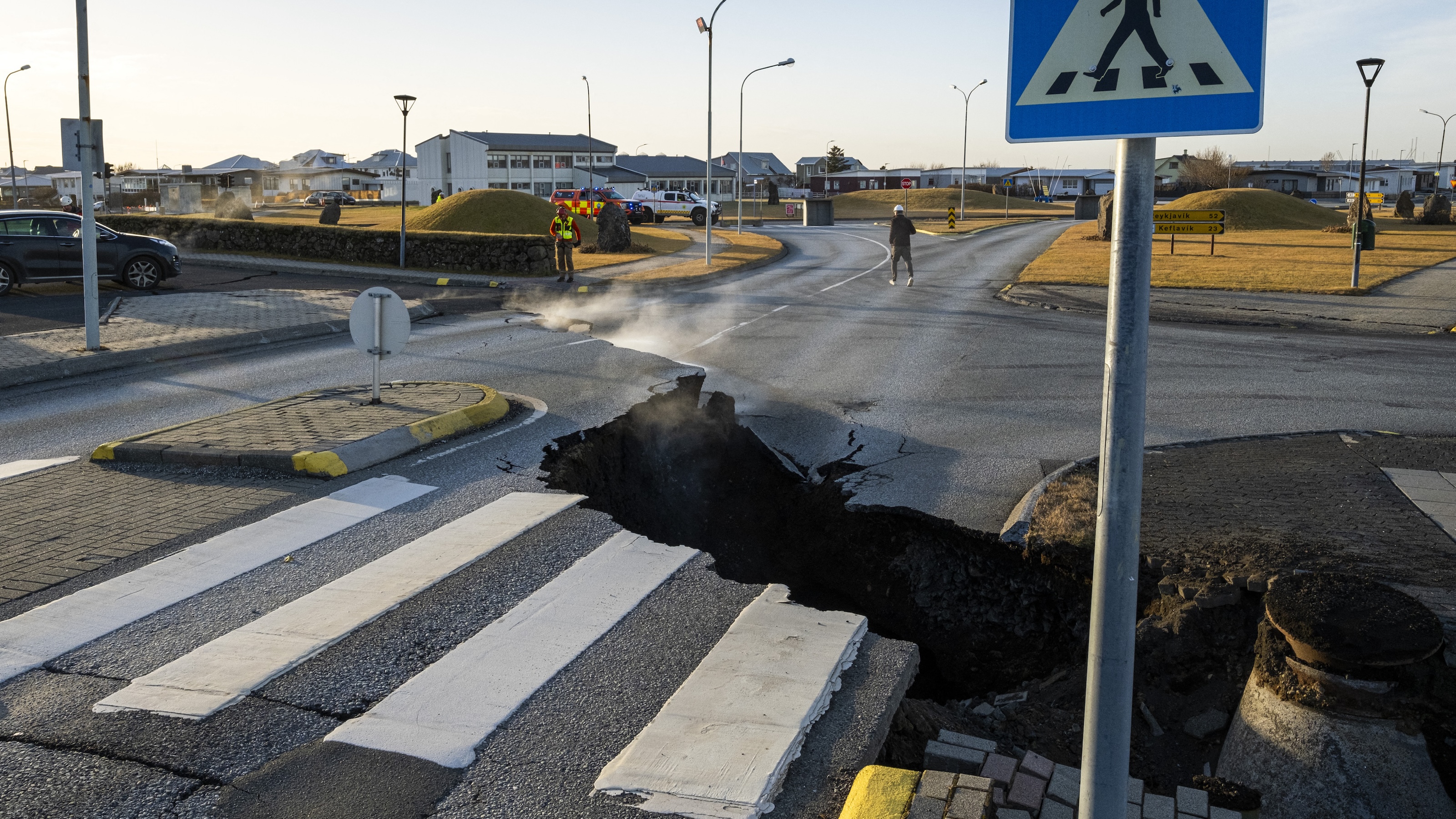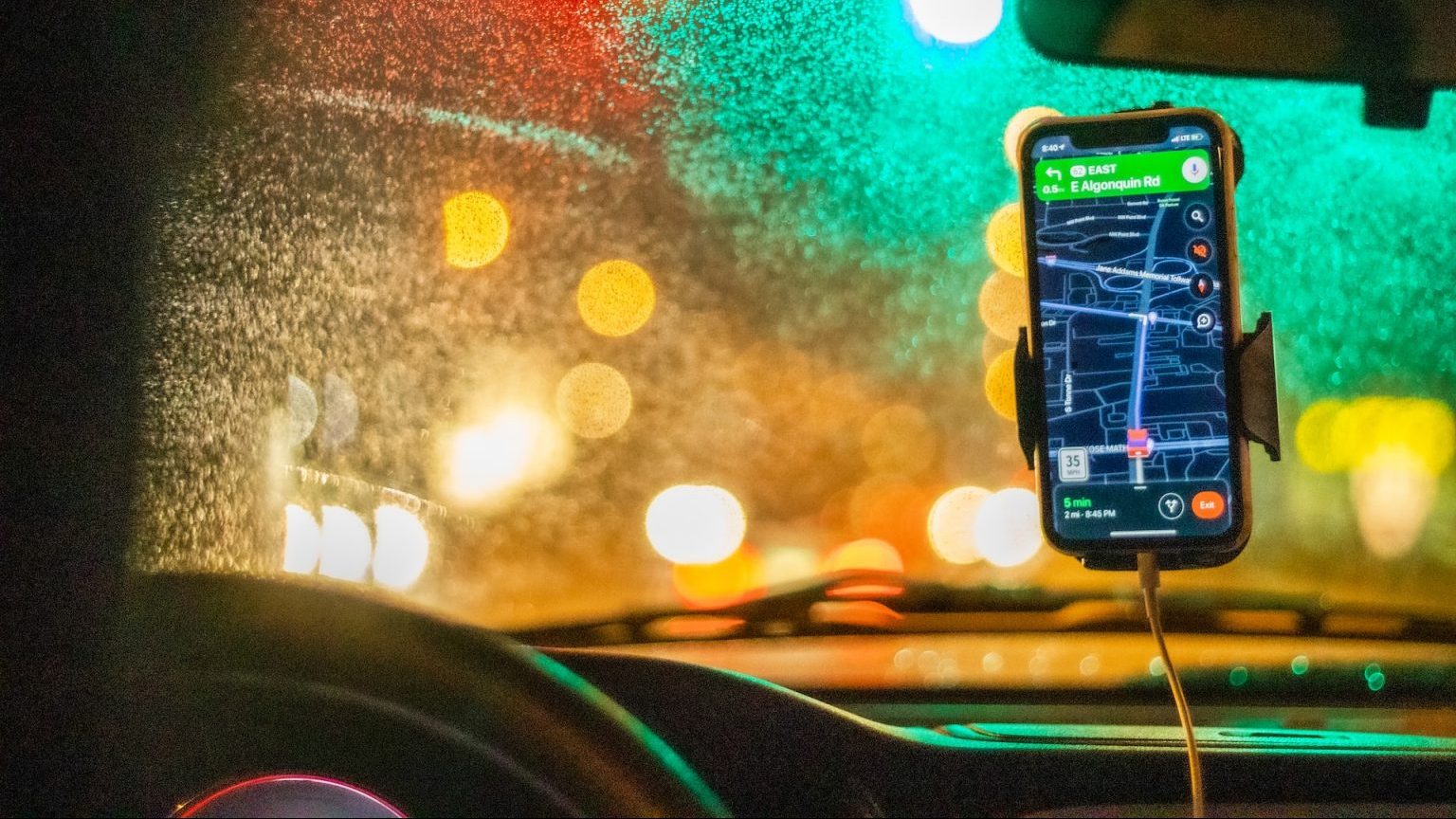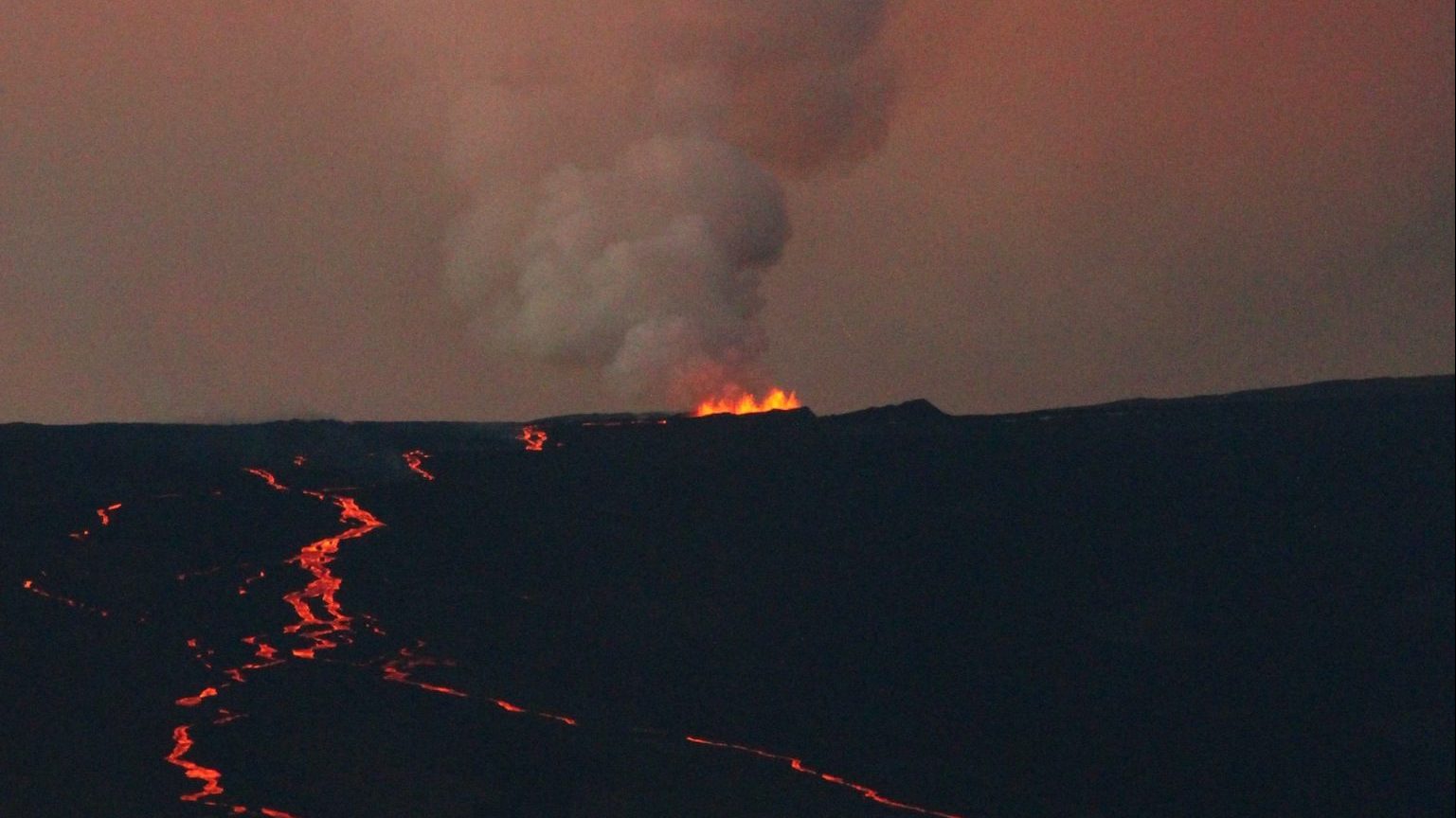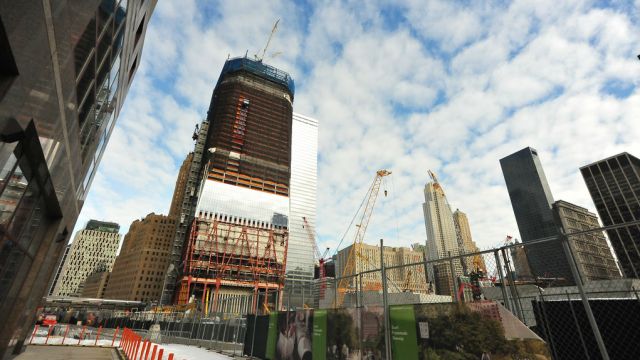Seismic swarm at Iceland’s Katla
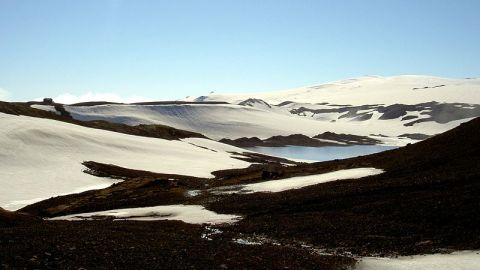
Well, Jon Frimann has been noticing this for the past week or so, but the increased seismicity at Iceland’s Katla has finally begun to show up in the mainstream media.CBS had a report from the Associated Press about the seismicity at the Icelandic volcano, noting the uptick in small earthquakes under the volcano. You can see the swarm on the Icelandic Met Office (or see my image below from the IMO website). It is interesting to note that unlike some swarms at Katla over the last year, this one is not at the edges over the caldera, but rather a linear array across the caldera and all at depths between 1-8 km. Now, [SPECULATION] might suggest that a dike is being emplaced under the caldera, rather than just structural earthquakes along the caldera walls [/SPECULATION], how Pall Einarsson from the University of Iceland says there are no signs as of yet to say an eruption is around the corner. Meanwhile, Einar Kjartansson from the IMO adds that “We don’t know but it isn’t unlikely that it has to do with intrusions.” Note: definitely don’t believe the hype about an eruption of Katla merely based on the idea that it “typically awakens every 80 years or so, and last erupted in 1918.” Volcanoes don’t run on schedule – and we have seen a number of earthquake swarms at Katla over the last few years as well, all of which didn’t lead to an eruption.
UPDATE 11:55 AM EDT:Jon Frimann is noticing strong harmonic tremor at Katla, which usually accompanies magma on the move. This doesn’t mean an eruption is going to happen, but does suggest magma in motion under the caldera. If you want to understand Jon’s plots, check out his post on background tremor at volcanoes.
UPDATE 3:45 PM EDT: Glad to see media sources using pictures of an erupting Eyjafjallajokull in their stories on the Katla seismic swarm. Sigh.
UPDATE 8:15 PM EDT:Jon Frimann is reporting that news out of Iceland suggests that the harmonic tremor at Katla is being caused by hydrothermal fluid flow rather than magma. This is something we have heard before, where harmonic tremor at Old Faithful in Yellowstone can be generated by water flow. There are also some reports of floods from the caldera, but most of the news about the events today, beyond the swarm, are in Icelandic.

If Katla were to erupt, the biggest threat will be to the areas around the volcano in Iceland, and mostly in the form of either ash fall or, more importantly, floods from the rapid melting of the ice within the caldera. Katla has experienced a number of these jokulhlaups related to eruptions, so the people living in the area around the volcano need to be prepared to evacuate quickly if the volcano were to erupt, as the floods follow within hours of an eruption. Now, an eruption from Katla isn’t necessarily going to be catastrophic, but it does have a history of VEI 3-5 eruptions over the last few thousand years. However, many small eruptions might have not been noticed as they occurred under the thick ice cap on the volcano and only manifested as small floods – such as might have happened earlier this year.
In any case, it looks like Iceland will be undertaking a full risk assessment of the hazards presented by volcanoes on the island nation. If Katla does show signs of erupting, you can be sure that webcams will be pointed its way to capture the action. UPDATE: Here is a direct link to the Katla webcams.
Top left: An undated image of Mýrdalsjökull, the ice cap on Katla.
